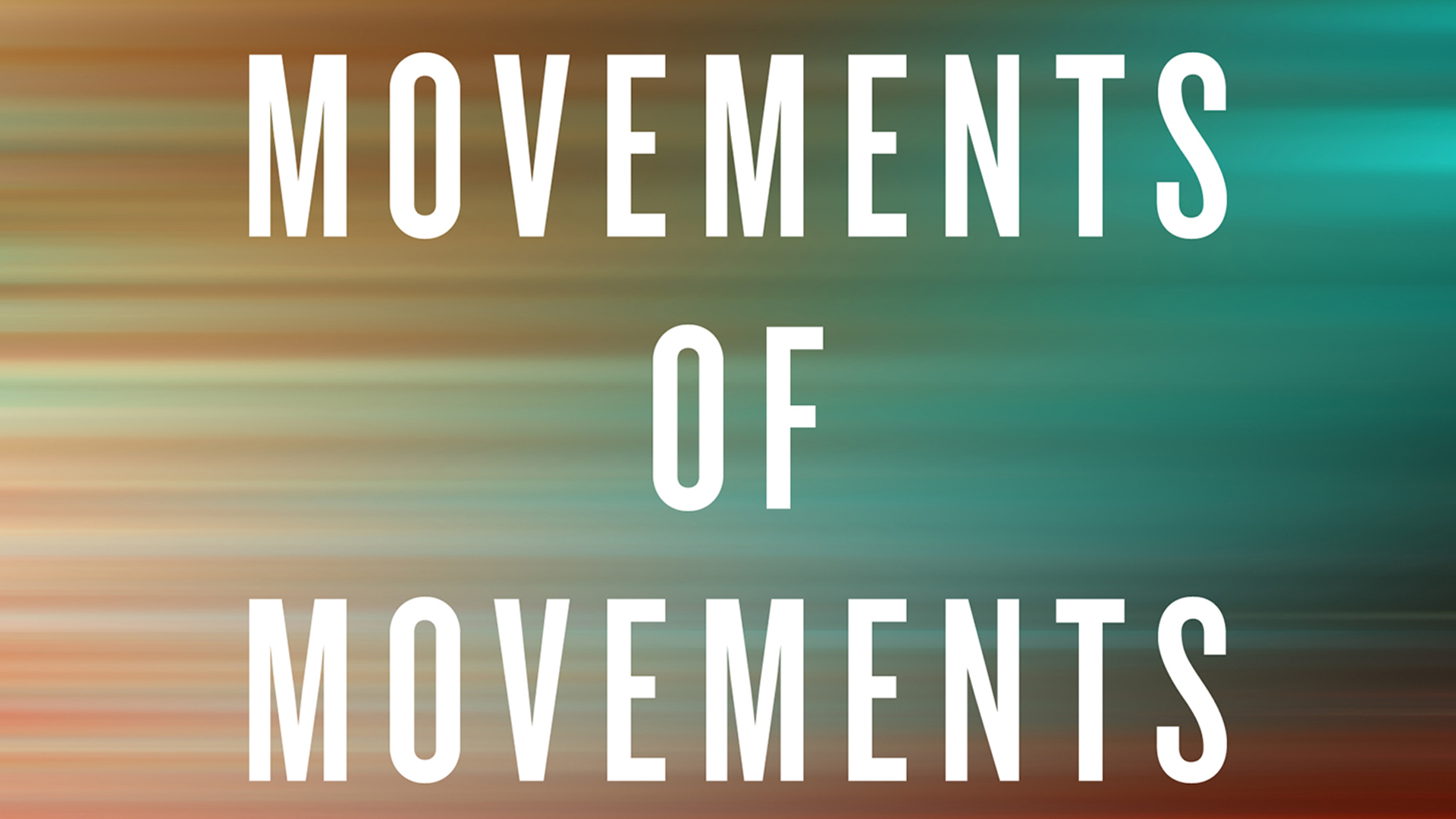By Sara Smits Keeney
Humanity and Society
2018, Vol. 42(3) 387-393
Reviewing
a volume of collected readings presents many challenges, however, the
craft that Jai Sen puts into this publication speaks to his insight and
keen ability to “compose” a truly remarkable piece. The Movements of Movements reads
like a musical score that motivates social movement academics to begin
to rethink and challenge their approaches to studying this phenomenon. Part I: What Makes Us Move?
is the first part in a two-volume series, it also is the fourth volume
in the OpenWord’s Challenging Empire series. The book opens with a poem
by Shailja Patel, a Kenyan poet, playwright, and activist, entitled What
Moves Us.
Although, the poem was not written as an introduction for
this book, it eloquently illustrates what I believe Sen is trying to do
in this collection:
… grapples with the chasms of all that’s gone before. Negotiate the heartbreak of decades of betrayal. Stretch our brains until we feel it, to hard analysis, until we get it, unpack systems, structures, models, mine the data, map the stories, ‘til we know what works and what does not. What truly moves us. (p. 5)
In the introduction, Sen explains why he put the collection together, what he thinks social movement scholars are missing, where he locates himself, and not only where he thinks we should be going, but how we get there. One of Sen’s main objectives is in fundamentally redefining how we view social movements. He would like us to not simply see movements in the traditional sense as social and political but rather as an expression of life itself. Moreover, he suggests that “movement” is everywhere and outlines this in providing both dictionary definitions of movements and a diagram from the Visual Thesaurus, all of which help to illustrate his main claim that we need to rethink how we approach the study of social movements. One of the first places he makes good on this challenge is when he locates himself in this work, describing himself as not a scholar in the traditional sense but rather an “activist doing reflective research” (p. 14). In his reflection, he pays close attention to how his own privilege or lack thereof is defined by the context. Ultimately, he claims we must do three things in reconceptualizing movements: First, accept the fact that movements are not unique phenomena, but rather common, everyday expressions of life that take many forms. Second, he encourages us to understand and reflect on both how and why movements exist in so many arenas of life. And finally, he invites us to broaden our perspective to contemplate at once all the movements taking place both locally and globally.
Sen’s challenge to academics to broaden their perspective on movements is compelling. First, he mentions he suggests viewing movements as a verb rather than a noun to take into account the breadth of the different movements taking place in our world. That being said, Sen’s collection focuses primarily on the “alter- globalization” or “global justice and solidarity” movement and its connected cor- ollary movements, as he argues we also must pay attention to the interconnectedness of these movements. Chapter 1, “Movementscapes,” consists of seven essays, high- lighting the influence of the Zapatista movement on the global justice and solidarity movement and emphasizing the need to include traditionally marginalized and missing voices in the discussion of social movements. As a way to demonstrate alternative ways of thinking and presenting social movement scholarship, Sen starts each article with a word cloud that visually represents what themes the essay brings into focus. The use of the word clouds primes the reader to engage with the author and the message in a way that is not traditionally valued in social movement liter- ature. The remainder of the book profiles other voices in representing a new way of understanding, studying, and being involved in social movements. Profiles of move- ments range from Latin American feminism to the anti-globalization movement in South Korea and include writings from both scholars and activists. Although there are few weaknesses in the book, there are two features that readers may raise questions about. First, Sen claims that in this collection he only focuses on a brief period of time, 2006–2010. Although this may be a guide Sen gave himself in selecting the pieces, the essays are certainly not limited to this period. I encourage the reader to read on and pay attention to the insights gleaned from the longer time spans interrogated in several chapters Secondly, to the average reader, the inclusion of a few of his pieces may be unexpected. For example, Roel Meijer’s essay on Yusuf al-‘Uyairi may be hard to categorize in a thematic study of the global justice movement. Profiling a known al-Qaeda leader may raise some eyebrows in the context of attempting to understand how and why movements grow. But, Sen’s choice may also readily push us beyond the traditional understandings of how inequality and poverty might motivate individuals to become a part of a militant group. It may prompt us to weigh in a macrotheoretical sense, the ideological principles underlying the drive in each of these movements, an important perspec- tive to consider in querying movement interconnectedness.
Overall, Sen has crafted a beautifully illustrative example of a fresh perspective of what the study and understanding of social movements could be. Moreover, in one essay by Xochitl Leyva Solano, she states, “Knowledge is not abstract and unlocated … I here inscribe myself in a long tradition that seeks to produce knowl- edge which is useful not only for academics but that, above all, supports the strength- ening of the processes of transformation, liberation, and emancipation put in motion by the collectives, organizations, and movements of which I am an active part” (p. 162). This is precisely what I believe this collection does.







